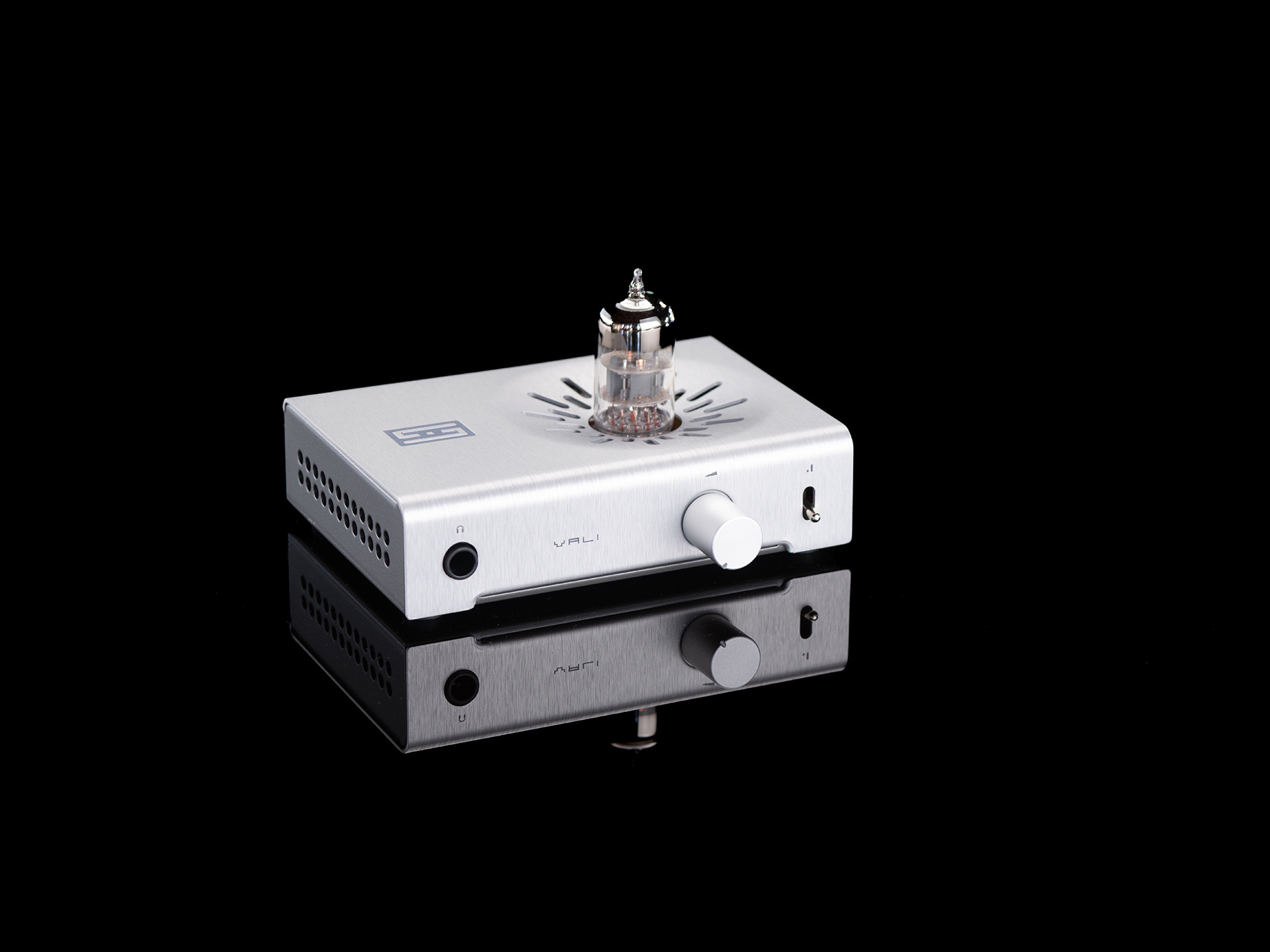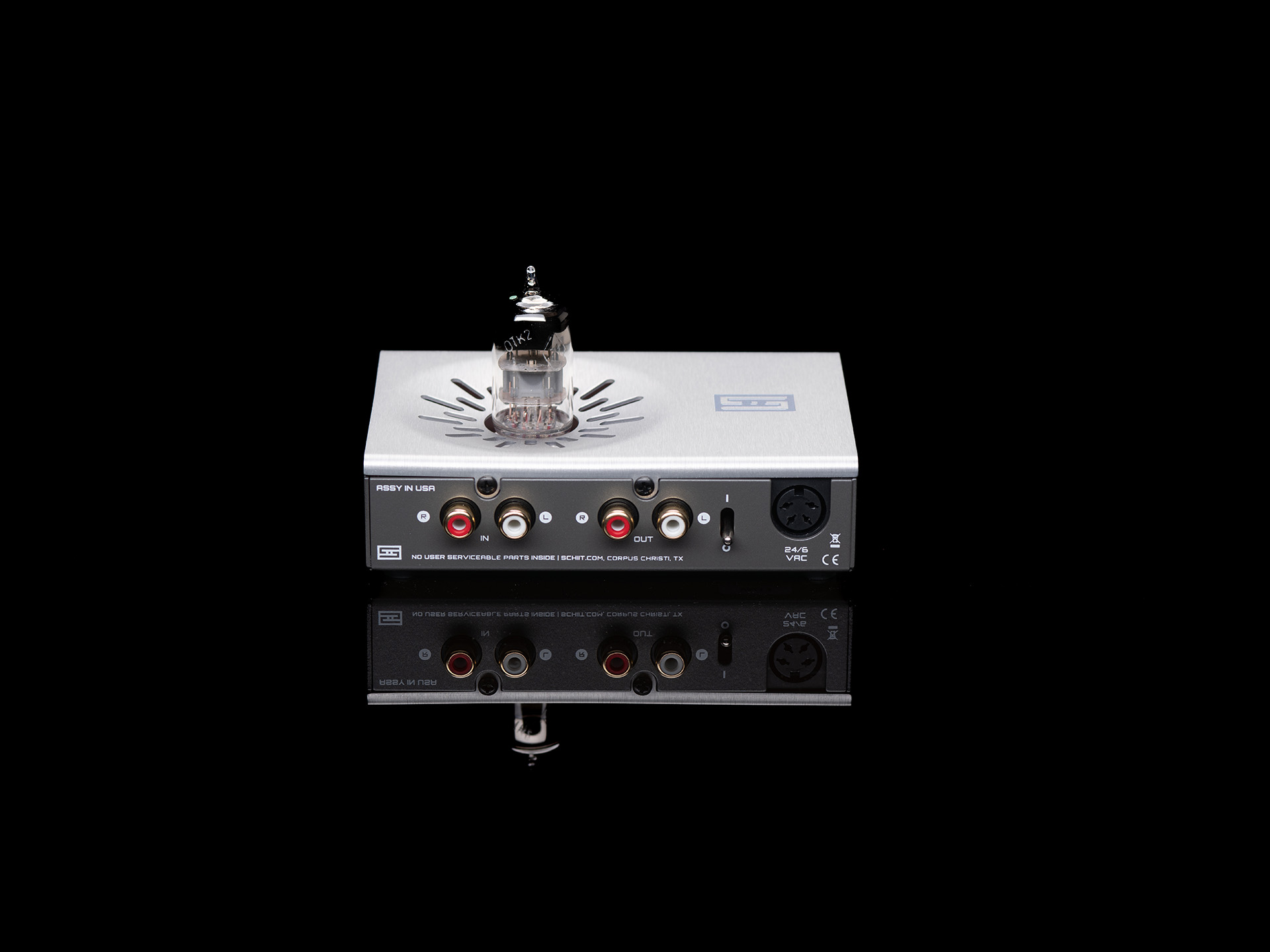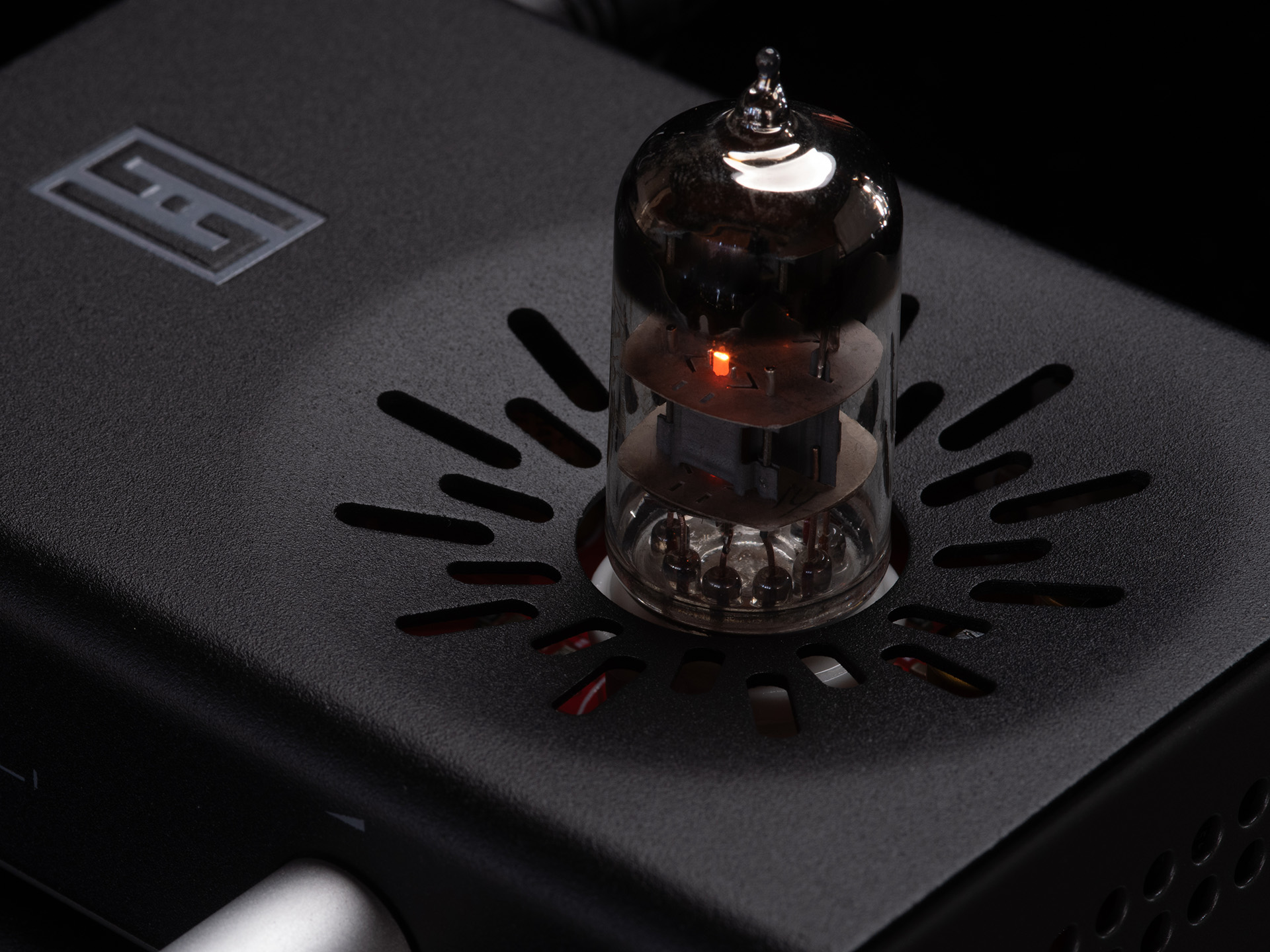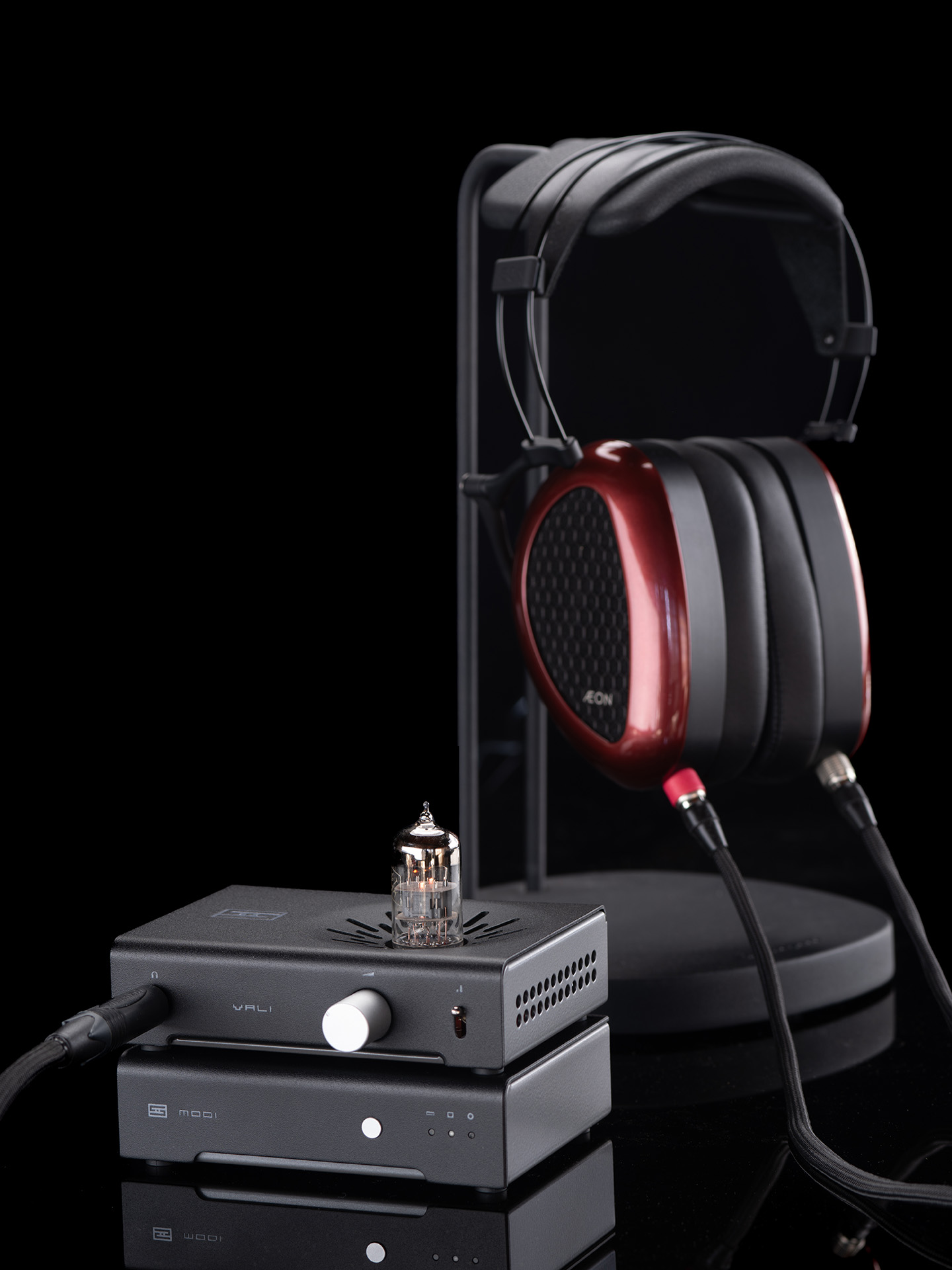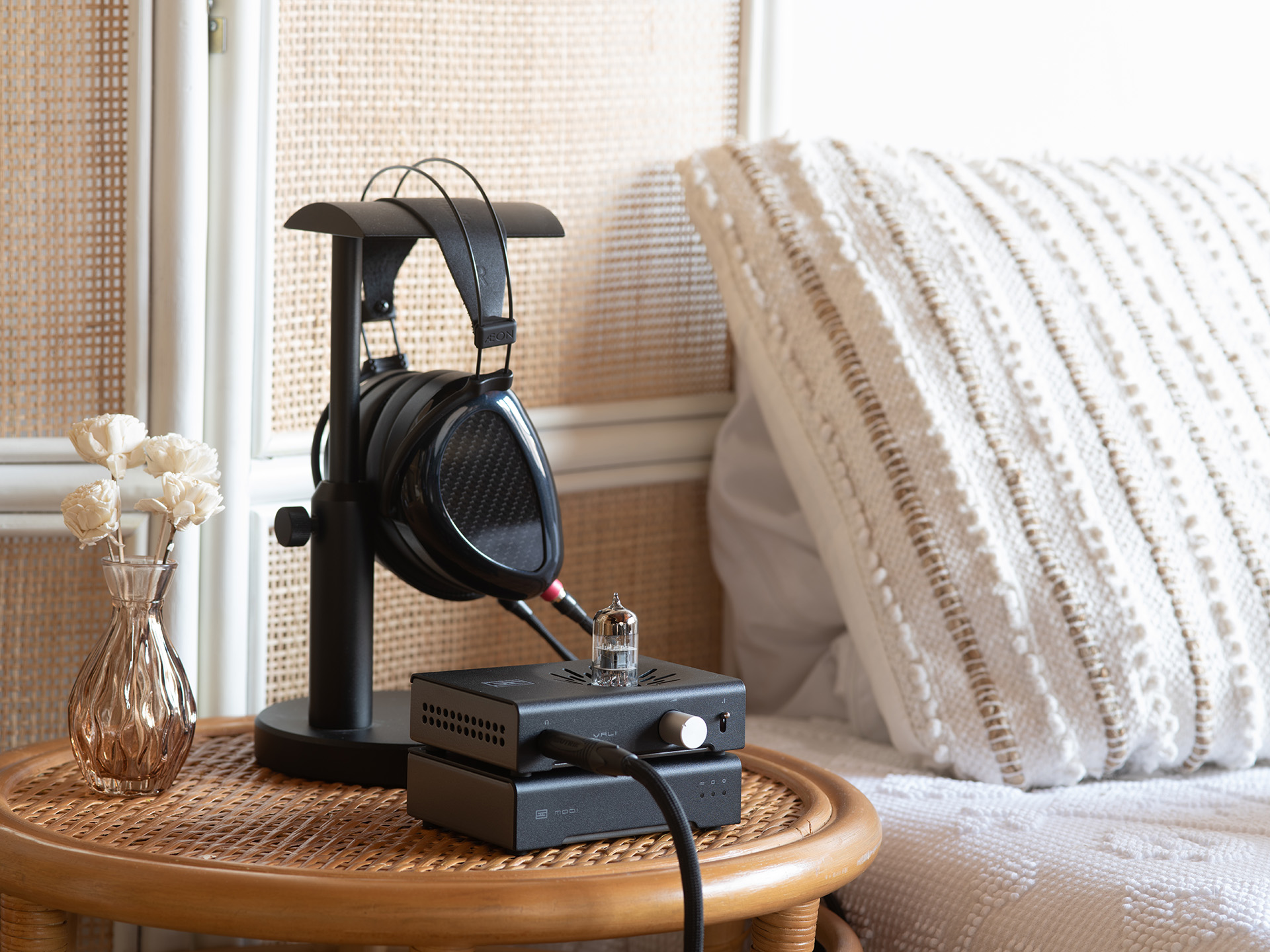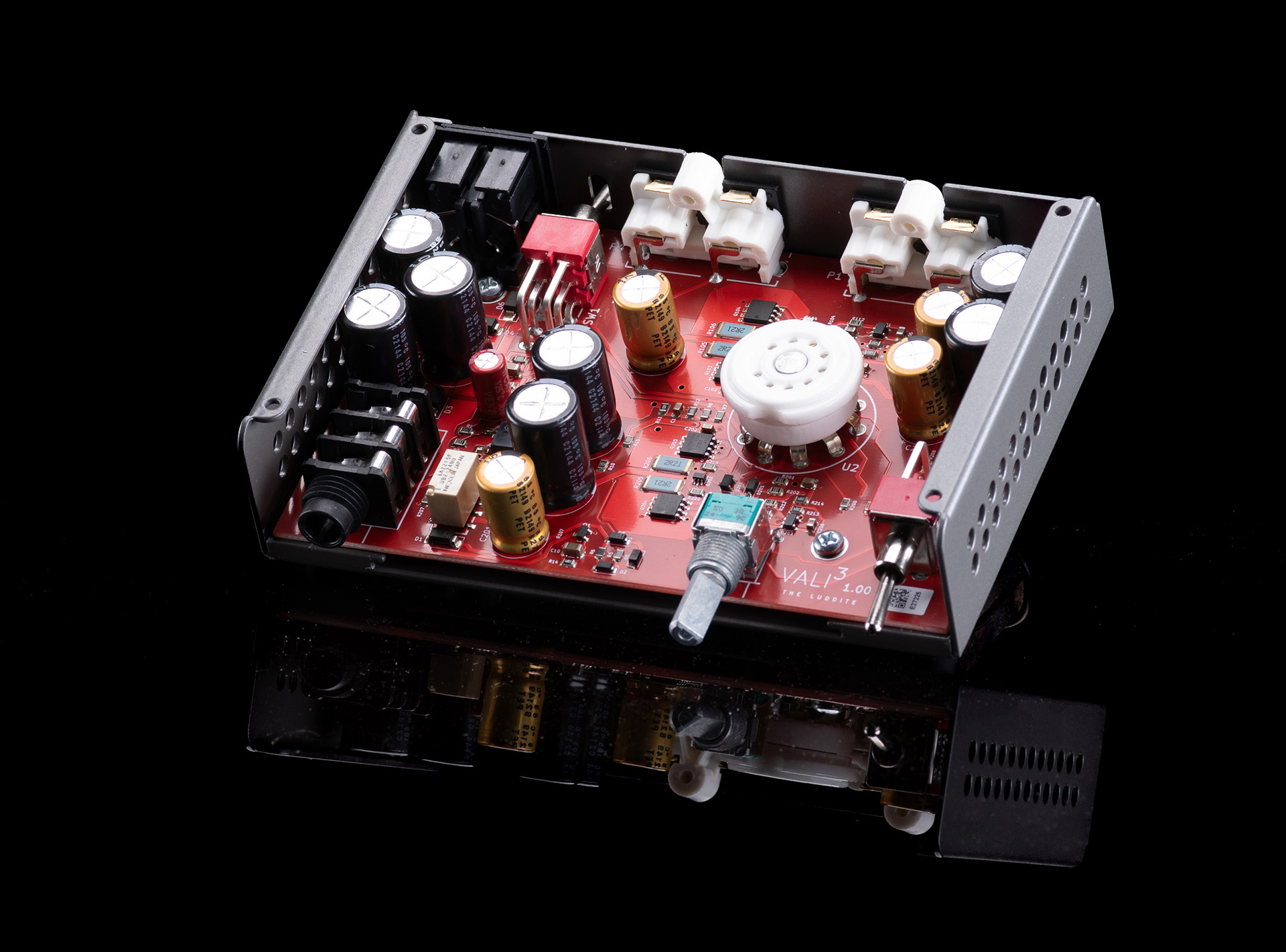Maximum Power, 32 ohms: 1500mW RMS per channel
Maximum Power, 50 ohms: 1000mW RMS per channel
Maximum Power, 300 ohms: 400mW RMS per channel
Maximum Power, 600 ohms: 200mW RMS per channel
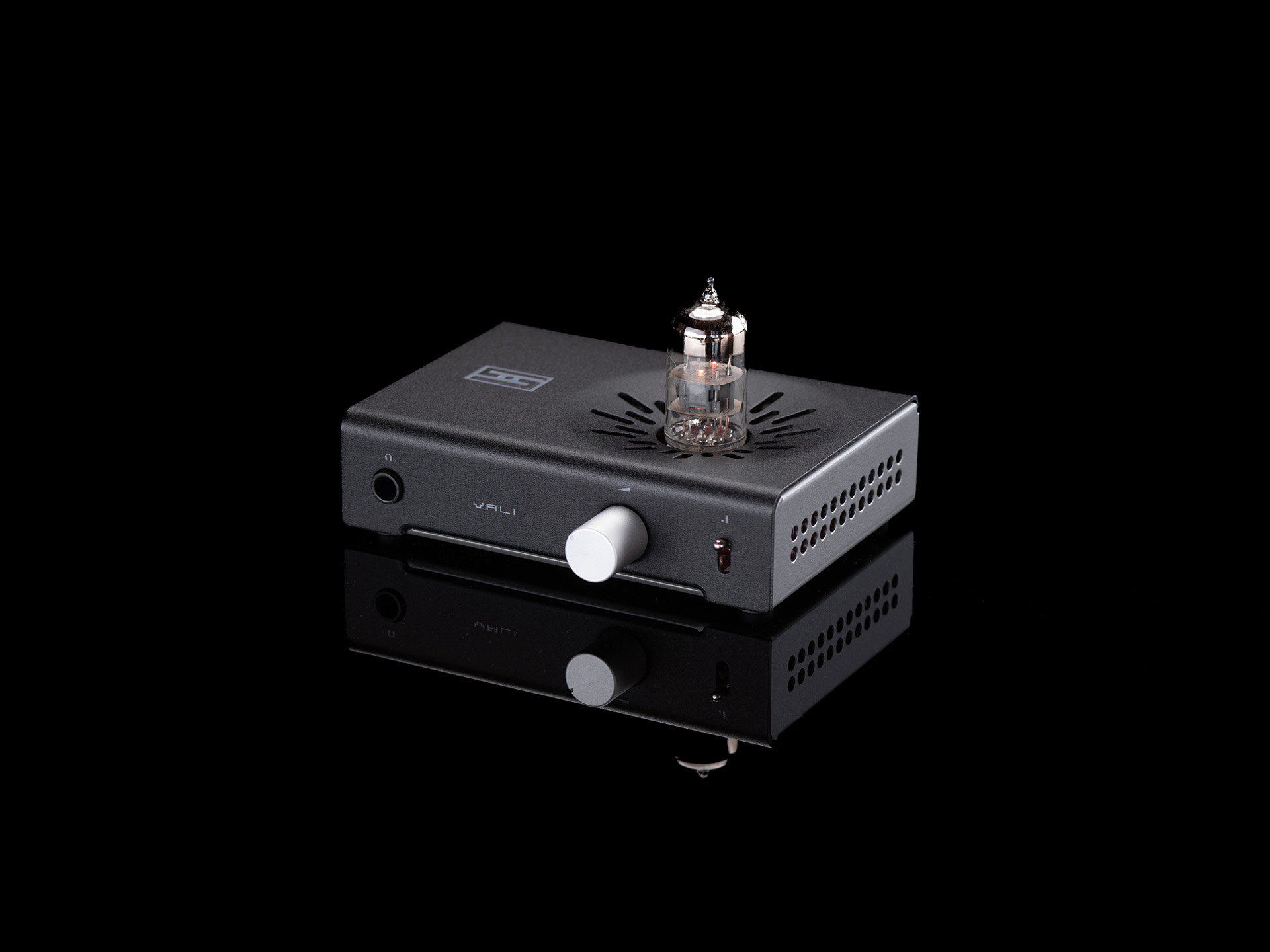
Vali 3
Tube Hybrid Headphone Amp and Preamp
Description
Specs
FAQ
Reviews
Downloads
So you like this Vali thing so much you now have a third generation?
Well, yeah, though depending on how you count it might be the fifth, because there was Vali and Vali 2 and Vali 2+ and Vali 2++. And yes, we know, that last name is really dumb. But we fixed that now with Vali 3.
What’s the big deal about Vali 3, then?
The big deal is the 100V on the plate of the tube. Tubes like voltage. They run better, with higher gain and more linearity, at higher voltages. That’s why it was a big deal when Vali 2 went to 60V from 45V, and it’s a much bigger deal that Vali 3 is now 100V.
Why is all this voltage important?
Again: Gain. Linearity. Performance. A lot of affordable tube amps run with 48V or 30V or 24V or even 12V, which really isn’t going to get the best out of the tube. 100V is serious. 100V is what Lyr 3 and Lyr+ use. It allows us to use some very interesting tubes, and use them well.
For all this talk about gain and linearity, the THD measurements seem about the same as the last Vali 2++. What’s up with that?
Yes. That’s because we chose to reduce the overall loop gain through additional degeneration, which resulted in similar measurements. But a lot of people think this new one sounds better.
Well, yeah, that’s a whole lot of hoo-ha. I prefer better measurements.
Cool. We have Magni and Midgard for that. Oh and Jotunheim.
So why do you bother making it, when you have amps that measure so much better?
Have you considered that maybe all great-measuring amps sound the same, and we’re all just looking for the right euphonic distortion?
Well, that’s crazy talk.
We agree. But here’s the thing: not all amps have to push the limits of our test equipment. And this one certainly doesn’t, not with distortion that’s 1,000-10,000x higher than Magni. In other words, yep, it measures like a typical tube amp. It even has typical tube amp type distortion—lots of second harmonic, with third and fourth falling off sharply afterwards. If you want, you can download the APx555 report on this amp, where all that is laid bare. You may also notice that, despite the high distortion, the noise floor of this amp is pretty darn low, so you’re getting that tube distortion without the hummmmmmmmmm that might make listening on sensitive headphones a pain in the rear end. And, given that, if you’re curious about tube sound, you might come to the conclusion this is a fun, inexpensive way to check it out. Or you could just decide you want an amp with great measurements. Both are cool as far as we’re concerned.
Is higher plate voltage the only difference in Vali 3?
There are a ton of small tweaks relating to optimizing performance for the higher gain, and a completely different layout with better signal path, and a totally new chassis that looks wayyy better and has much better ventilation so it runs a lot cooler…so yeah, a few more things.
Is this thing still safe?
Totally. In fact, it uses the same power supply. We achieved the higher rail through internal power supply redesign. Which remains 100% linear, by the way—no switchers in Vali 3. In addition, Vali 3 incorporates slow turn-on and fast turn-off to protect sensitive headphones from transients.
What about DC?
Vali 3 is a capacitor-coupled amp. No DC. Well, unless there’s an electrolytic capacitor backwards. In which case it would be caught by our 100% instrumented and 100% internal listening tests.
You listen to every one of these?
Yes.
Every $149 amp?
Yes. Also everything else, from $49 to $2799.
You guys are nuts!
Absolutely, most definitely. Thank you.
So is Vali 3 good for hard-to-drive headphones?
It’s got decent power. It may not be ideal, say, for Susvaras and stuff like that, which are super hard to drive. Beyond that, yep, it’s a great little tube amp that you can use with almost anything.
How about IEMs?
It’s quiet enough for many IEMs, in low gain.
Low impedance stuff is fine?
Yep, plenty of current for those.
And high impedance, 300, 600 ohms?
Yep, tons of voltage swing for those.
So do those preamp outputs mute when I plug my headphones in?
Yes, they do.
You go on and on about how you can change to different tubes, but what if I don’t want to change tubes all the time?
You don’t need to change tubes at all. The stock 6N3P is a really nice, tested, sorted, ensured-its-really-matched tube from New Old Stock (those are really old, unused tubes, to be super specific).
Why would I want to change tubes?
Some people love to experiment. If you’re one of them, you’ll be thrilled to know you can use a whole bunch of different tubes in Vali 3, including 6N3P, 5670, 2C51, CV4013, 6CC42 and even the fabled WE396A . Pretty much any tube with a 2C51 pinout, 6V heater, and less than 600mA of heater current will work fine.
I’m new to tubes, how long do they last?
About 5,000 hours, give or take. Probably longer in Vali 3, since the tubes are run very conservatively. And…don’t panic. Humans lived for decades with only this electronic technology at their disposal. We even went into space and stuff with it.
I'm scared about tube availability.
No worries at all. 6N3P are especially easy to get, and very inexpensive. JAN 5670s are also readily available, plus they’re the cool short tube size.
And when the tube goes bad?
You replace it. We sell single 6N3P tubes. Or you can get them much cheaper almost anywhere else. Or you can try one of those other tube types mentioned above.
What the heck is Vali?
In Norse mythology, Vali is the son of Odin and the giantess Rindr. There’s this amazing resource called Wikipedia. You may have heard of it.
I want a combined DAC/amp! Why didn’t you put a DAC in here?
We did. It’s in a separate chassis and costs another $149. It's called “Modi 5”. Stack with Vali 3 for an amazingly capable system.

"Let me be perfectly clear here: this particular amplifier is actually a perfect example of the Schiit’s prowess in making affordable and at the same time really great sounding gear. If it cost twice the price, I could easily recommend it without hesitation. At the current asking price it’s a no-brainer..."

